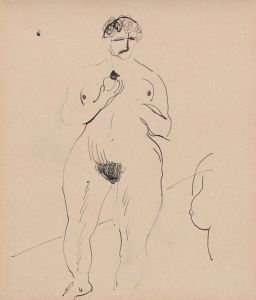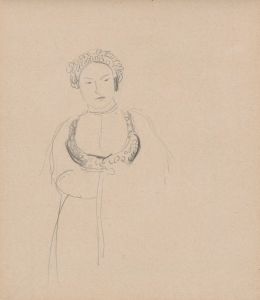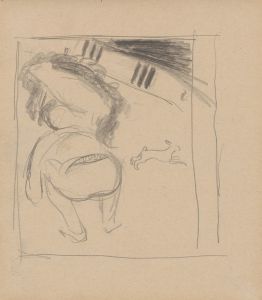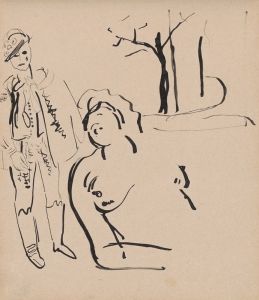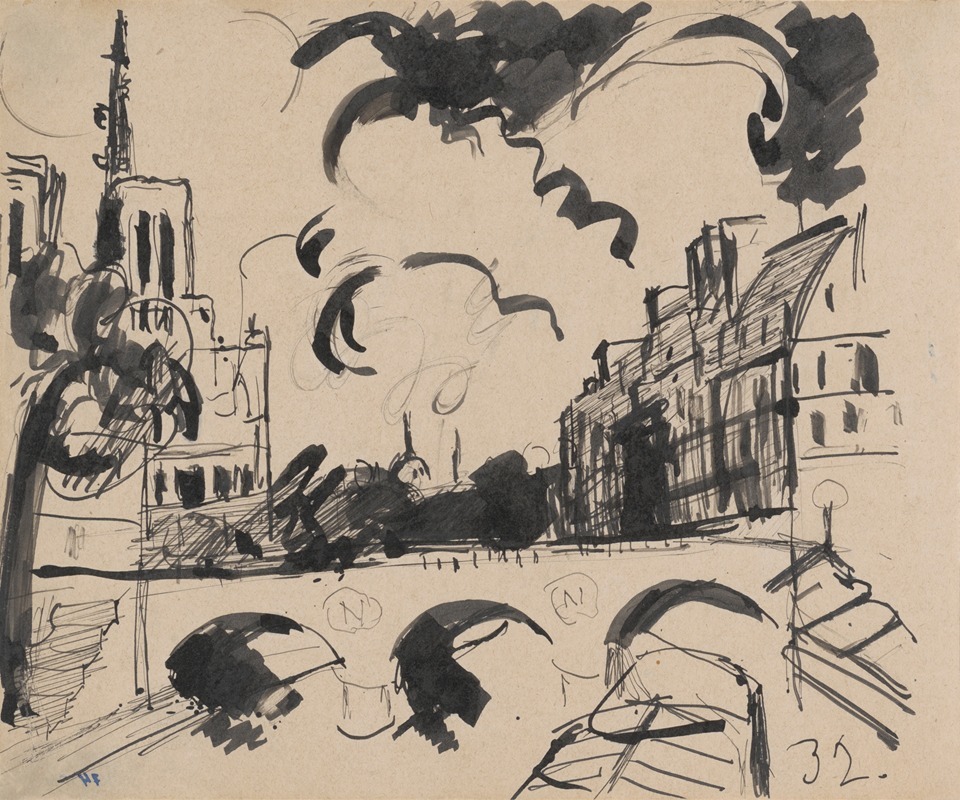
Skicár
A hand-painted replica of Cyprián Majerník’s masterpiece Skicár, meticulously crafted by professional artists to capture the true essence of the original. Each piece is created with museum-quality canvas and rare mineral pigments, carefully painted by experienced artists with delicate brushstrokes and rich, layered colors to perfectly recreate the texture of the original artwork. Unlike machine-printed reproductions, this hand-painted version brings the painting to life, infused with the artist’s emotions and skill in every stroke. Whether for personal collection or home decoration, it instantly elevates the artistic atmosphere of any space.
Cyprián Majerník was a Slovak painter known for his poignant and expressive works, often reflecting the socio-political turmoil of his time. Born on November 24, 1909, in Veľké Kostoľany, then part of the Austro-Hungarian Empire, Majerník's career was marked by his unique approach to modern art, blending elements of surrealism and expressionism. His works often conveyed deep emotional and psychological themes, influenced by the events leading up to and during World War II.
One of Majerník's notable works is "Skicár," which translates to "Sketchbook" in English. This piece is a reflection of his artistic style and thematic focus. While specific details about "Skicár" are limited, Majerník's body of work generally explores themes of human suffering, existential anxiety, and the absurdity of war. His paintings often feature distorted figures and dreamlike landscapes, evoking a sense of unease and introspection.
Majerník studied at the Academy of Fine Arts in Prague, where he was influenced by the avant-garde movements of the early 20th century. His exposure to surrealism and expressionism is evident in his work, as he often employed vivid colors and exaggerated forms to convey emotional depth. The socio-political climate of Europe during his lifetime, particularly the rise of fascism and the devastation of World War II, had a profound impact on his art. Majerník's paintings frequently depict the struggles and despair of individuals caught in the chaos of these events.
"Skicár," like many of Majerník's works, likely serves as a commentary on the human condition during times of crisis. His art is characterized by a sense of melancholy and a focus on the darker aspects of life. Despite the somber themes, Majerník's work is also noted for its technical skill and innovative use of color and form. His ability to capture complex emotions and convey them through his art has earned him a lasting place in the history of Slovak and European art.
Majerník's career was tragically cut short when he died on July 4, 1945, at the age of 35. Despite his brief life, his contributions to the art world were significant, and his works continue to be studied and appreciated for their emotional depth and historical context. His paintings are held in various collections, including the Slovak National Gallery, where they continue to inspire and provoke thought among viewers.
In summary, while specific information about the painting "Skicár" is limited, Cyprián Majerník's work as a whole is a testament to his ability to capture the complexities of the human experience during one of the most tumultuous periods in modern history. His legacy as a painter is marked by his unique style and his poignant exploration of themes that remain relevant to this day.











